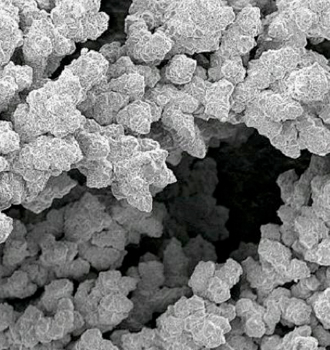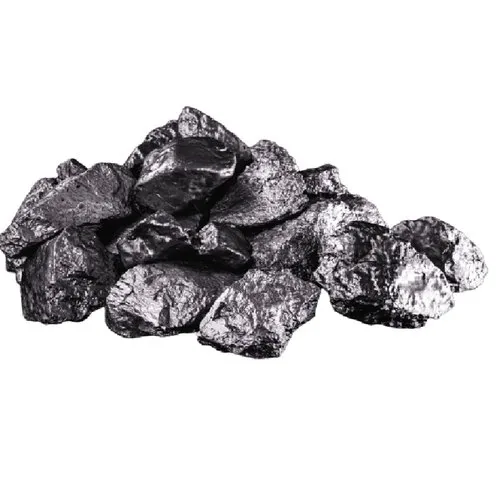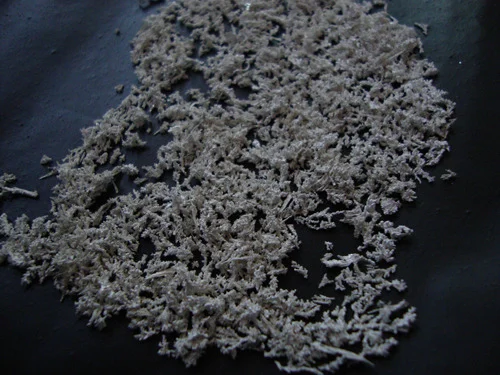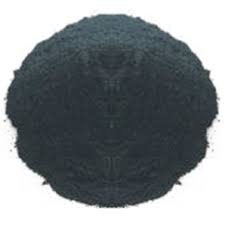Description
The Unsung Hero of Chemical Reactions: Understanding the Power of the Silver Catalyst
While gold steals the spotlight for its beauty and value, its less flashy sibling, silver, quietly plays a crucial role in the world of chemistry. Silver catalysts are the unsung heroes, driving a vast array of industrial processes and enabling the creation of countless products we rely on daily. Let’s delve into the fascinating world of silver catalysis and explore why this metallic element is so essential.
What is a Catalyst?
Before diving into silver specifically, it’s important to understand the role of a catalyst. A catalyst is a substance that accelerates the rate of a chemical reaction without being consumed in the process. Think of it as a matchmaker, bringing reacting molecules together in a more efficient way, lowering the energy required for the reaction to occur. This allows reactions to proceed faster, at lower temperatures, and with potentially higher yields, making them more economical and environmentally friendly.
Why Silver? The Properties That Make it a Great Catalyst
Silver’s effectiveness as a catalyst stems from its unique combination of properties:
- Electronic Structure: Silver’s electronic configuration allows it to readily interact with various molecules, facilitating bond formation and breakage. It can easily donate and accept electrons, making it a versatile player in redox reactions (reactions involving electron transfer).
- High Surface Area: Silver catalysts are often used in a dispersed form, maximizing their surface area. This increased surface area allows more reacting molecules to come into contact with the active sites on the silver, boosting reaction rates.
- Relative Stability: Silver is more stable than some other transition metals, like platinum, making it less prone to oxidation or degradation under harsh reaction conditions. This contributes to longer catalyst lifetimes and reduced costs.
- Selectivity: In certain reactions, silver catalysts exhibit excellent selectivity, meaning they preferentially promote the formation of the desired product while minimizing the formation of unwanted byproducts. This is particularly valuable in industries where purity is essential.
Key Applications of Silver Catalysts
Silver catalysts are employed in a diverse range of industrial applications, impacting various sectors of the economy:
- Ethylene Epoxidation: This is arguably the most significant application of silver catalysts. They are used to convert ethylene to ethylene oxide, a crucial intermediate in the production of plastics, detergents, and antifreeze. Without silver, this process would be significantly less efficient and more expensive.
- Formaldehyde Production: Silver catalysts are also used in the oxidation of methanol to produce formaldehyde, a key building block for resins, adhesives, and disinfectants.
- Selective Oxidation Reactions: Silver can catalyze the selective oxidation of various organic compounds, leading to the production of important chemicals used in pharmaceuticals, agrochemicals, and fine chemicals.
- CO Oxidation in Air Purification: Silver-based catalysts are being explored for their ability to oxidize carbon monoxide (CO) to carbon dioxide (CO2), a crucial process for air purification and pollution control. This is particularly relevant in automotive exhaust systems and indoor air purification.
- Medical Applications: Silver nanoparticles, often stabilized with a catalytic support, are being investigated for their antimicrobial properties. They are used in wound dressings, catheters, and other medical devices to prevent infections.
The Future of Silver Catalysis
Research and development in silver catalysis are constantly evolving, focusing on improving catalyst performance, reducing costs, and expanding its applications. Current areas of investigation include:
- Nanomaterials: Synthesizing and utilizing silver nanoparticles with precisely controlled size and shape to optimize catalytic activity and selectivity.
- Support Materials: Exploring new support materials, such as metal oxides and porous materials, to enhance silver dispersion, stability, and accessibility to reactants.
- Reaction Mechanism Studies: Gaining a deeper understanding of the mechanisms by which silver catalysts operate to enable the rational design of more efficient catalysts.
- Sustainable Catalysis: Developing environmentally friendly silver catalysts that minimize waste generation and utilize renewable feedstocks.
Conclusion
Silver catalysts are a vital component of modern chemical processes, enabling the production of a wide range of essential products. Their unique properties and versatility make them indispensable in various industries. As research continues to push the boundaries of silver catalysis, we can expect to see even more innovative applications emerge, contributing to a more sustainable and efficient future. So, the next time you encounter a plastic container or use an adhesive, remember the silent work being done by the unsung hero – the silver catalyst.











Reviews
There are no reviews yet.